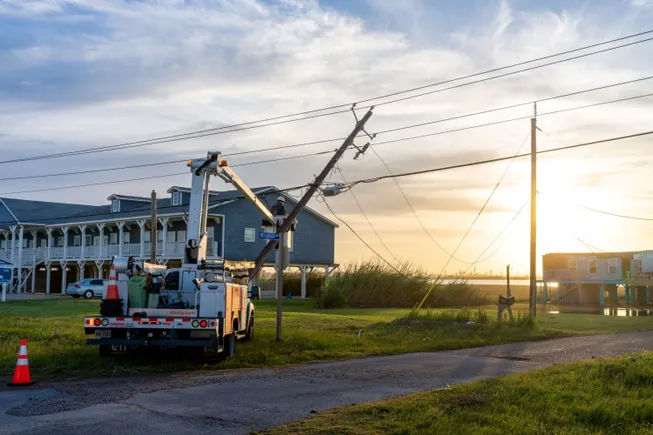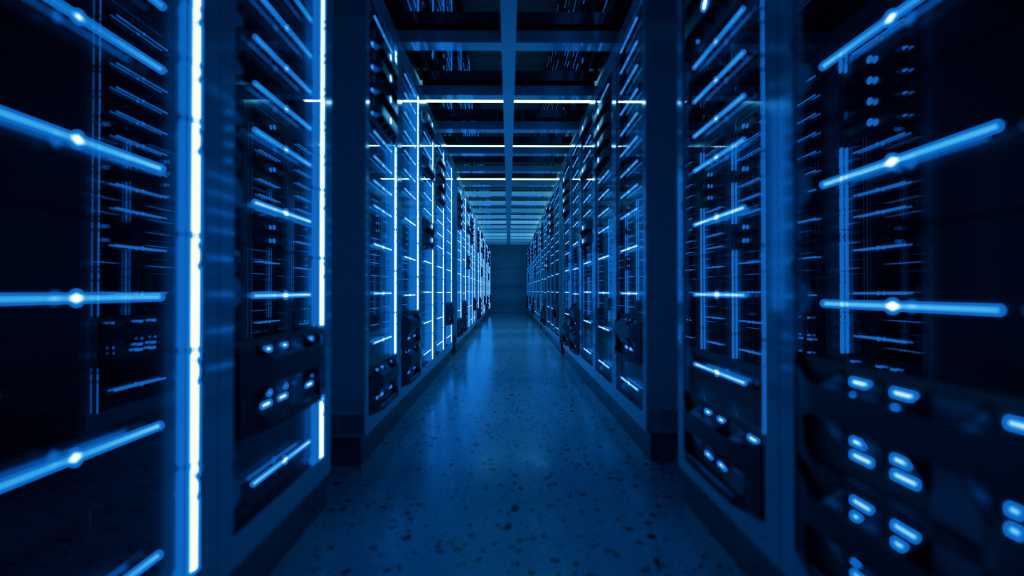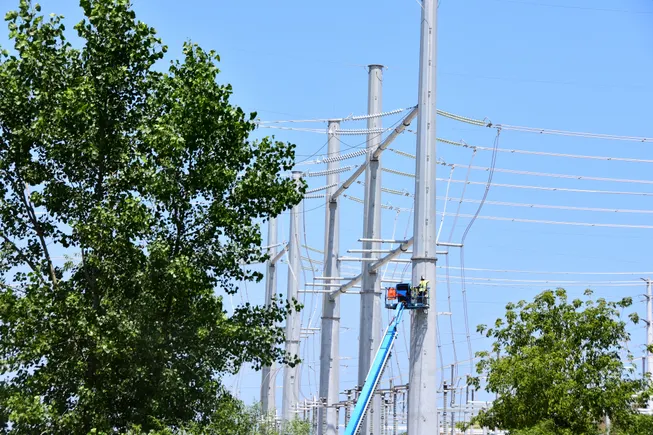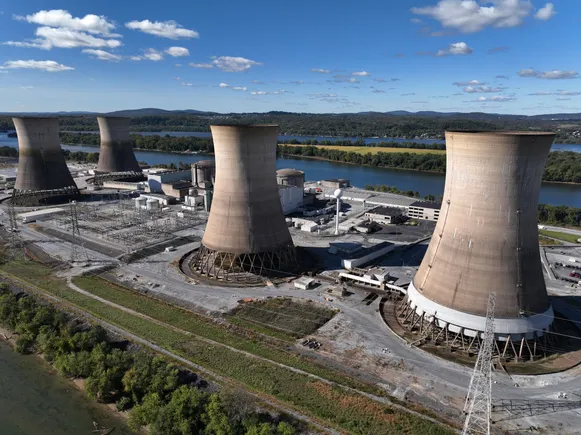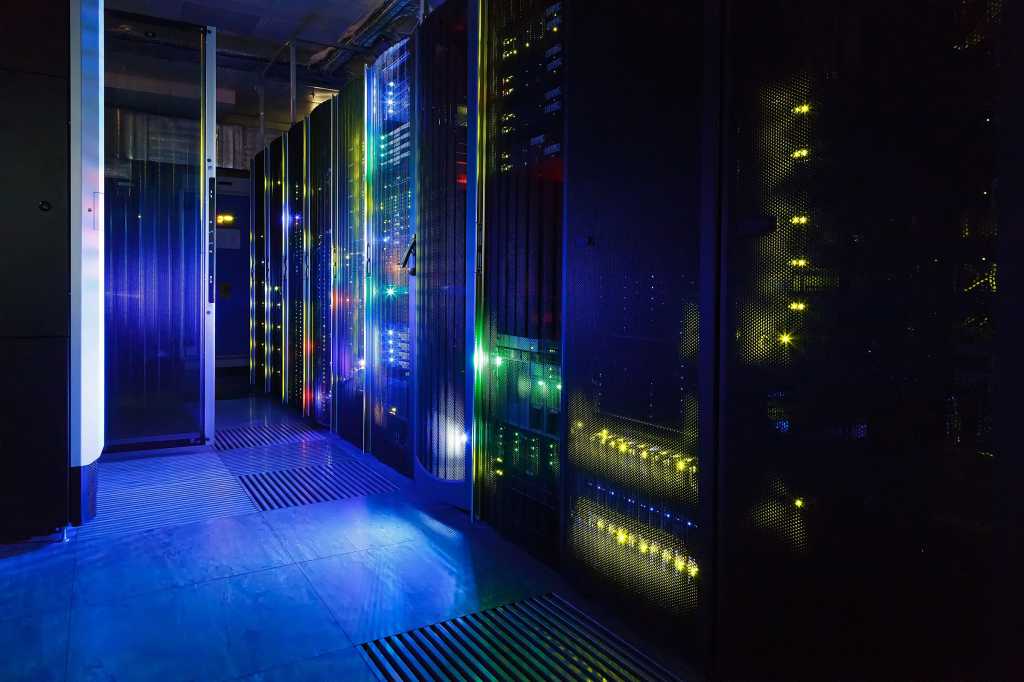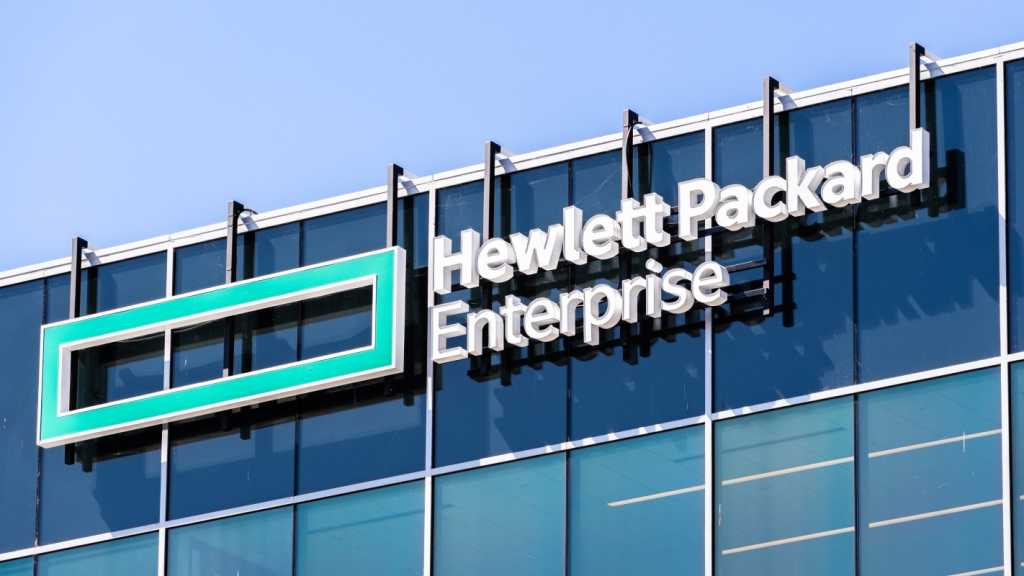Join our daily and weekly newsletters for the latest updates and exclusive content on industry-leading AI coverage. Learn More
Scams are everywhere. McAfee’s new scam detector spots and stops scams across text, email, and video to keep you from being fooled.
McAfee today announced at CES 2025 the launch of McAfee Scam Detector – the most comprehensive protection against text, email, and video scams. Today’s scams are smarter, sneakier, and more convincing than ever – and they’re everywhere. One in three Americans admit falling for a text, email, or video scam in the last 12 months.
From fake emails and suspicious texts to deepfake videos that look incredibly real, scammers are using clever tricks to steal people’s money and personal information. McAfee is helping consumers take back control with its AI-powered McAfee Scam Detector to stop scammers in their tracks.
McAfee is using AI to try to stop scams before they strike via automatic detection of scams or potential scams. Scammers have a couple of things working in their favor, said Steve Grobman, CTO of McAfee, in an interview with GamesBeat.
One is there’s a large number of private communication channels where there’s not necessarily a moderator, like on encrypted messaging or direct messaging. They could be communicating with the victim, you know, under the guise of security. The other piece is real time, and it’s one of the reasons that McAfee has made its deepfake detector product work on any video stream in the web, Grobman said.
Beginning this spring, McAfee’s Scam Detector will be included at no extra cost for McAfee customers. This must-have product uses the latest in advanced AI technology to proactively analyze and flag risky messages in real time. That ‘Hi, how are you?’ text from a stranger? It’s one of the top text scams of 2024.
I got a scam email about using an automated document signing service, with an attachment saying “termination NDA” on it. I almost fell for that one, given the urgency I associated with that one. (I wasn’t fired).
An urgent email about a failed delivery? Probably fake. And no, Elon Musk doesn’t have a unique investment opportunity for you. McAfee makes it easy to tell real from fake in seconds and gives you the winning combination of tips and technology to keep scams out of your life for good.
“I think the thing that is most clever is the personalization,” said Grobman. “One of the things that we have seen are job scams, where people have made their search public, and those scams take the form of taking your job interview to the next level but it requires a background check and we require the applicant to pay for the background check.”
He said the scanning for scams is working in real time, making it possible to catch the scammers at the right times.
Background
A year ago, Grobman talked to me about focusing on scam defense in three areas: scams that come through email, scams that come through text, and then scams that users are exposed to, more generally, in other media forms like video.
To address that, the company developed advanced AI models to protect consumers in all three of those areas and it started to deploy them in late 2024. One of those was a deepfake detector to help consumers identify whether AI generated videos are AI generated versus authentic.
The company also ran technology previews for our other modalities, namely email and text.
“And now that we’re moving into 2025 we’re very excited to move all of these technologies into a much larger scale by making them available to the vast majority of our customers,” Grobman said. “We’re evolving our AI models to take advantage of advanced AI PCs when an advanced AI PC is there. So we can run our AI models on the [PC’s own] NPU, but we also have the ability to run on other inference engines, either the CPU or GPU, which is able to give us a broader scope, to give capabilities to a broader set of users.”
The email scam defense is going to move beyond a technology preview that McAfee did in 2024 where it was available for Microsoft-based email properties. Now it can support Gmail and other properties.
“In offerings in 2025, we’ve developed advanced technology to detect deep fake images. So we did a partnership with Yahoo News in 2024 around helping to ensure that images that came through the news pipeline, that their editors, their quality assurance personnel, could best detect if anything was generated with AI image generation technology and help provide that insight.”
Protecting people in today’s Scamiverse
Every day, scammers trick people with fake emails, texts, and videos, and the results can be devastating. Americans report receiving 12 scam messages daily, losing as much as $1,000 when they fall for one, and spend 80 hours a year simply trying to figure out if the onslaught of messages they receive are real or fake, according to a McAfee survey. And deepfake scams, which use AI to create fake video, can be even worse – some people have lost up to half a million dollars, based on a McAfee survey.
It’s clear that scams have become a drain on people’s time, energy, and finances.
“I’ve had more issues with scam texts recently. I’d say within the last year, it’s just been bad. Like I’ve been getting a lot of spam emails, texts, calls…it’s a lot,” said Tina, 31, in South Carolina.
“It was a fake email for UPS. I thought that I was signing up to change my address and instead it charged my credit card,” said Alexandria, 46, in Georgia.
“While I love new technology, I have been very scared of AI generated videos and information since seeing just how realistic it can be,” said Haley, 24, from New Jersey.
“Scammers are getting smarter every day, using technology like artificial intelligence to make their tricks more convincing and harder to spot,” said Grobman. “They play on people’s emotions – like fear, urgency, or trust – to get what they want. That’s why we created McAfee Scam Detector. It warns you about scams before they can cause harm, helps you stay in control of your personal information, and helps you build the skills needed to outsmart scammers for good.”
Grobman said MAfee saw a lot of holiday scams, offering good deals for shoppers, during the recent holiday season.
“They offer deals that are too good to be true,” Grobman said. “Cyber criminals are in the business of extorting money from their victims, and generative AI is making them more effective and more efficient as well.”
How McAfee’s Scam Detector works
McAfee’s Scam Detector is powered by Smart AI, the same technology that makes McAfee’s online protection award-winning and so reliable. Here’s what this all-in-one protection does to keep people safe from email, text message, and video scams:
Email Scam Detector: Scans your inbox for suspicious emails and flags risky messages before you even open them. It also explains why a message is dangerous, so you’ll know what to look out for next time.
Text Scam Detector: Detects suspect texts that scammers use to trick you into giving them money or clicking bad links, flags risky messages before you open them, and gives you clear explanations of why they’re dangerous. You need the McAfee mobile app for iOS or Android to enable this. You would just enable this on the app.
Deepfake Detector: Spots AI-made videos, letting you know if something you’re watching may not be what it seems. Whether it’s someone pretending to be your boss or a fake celebrity endorsement, McAfee makes sure you don’t get fooled. Innovation for deepfake detection continues with expansion to more languages and will soon work seamlessly wherever you’re online – across phones, tablets, laptops, and
desktops.
The deep fake detector for AI PCs is currently available and McAfee will be expanding that to the vast majority of modern PCs, Grobman said.
By running deepfake detection at the edge on a user’s PC, the system is optimized for privacy and latency.
“If we detect something from streaming, we give that information to the user right away and we don’t have any latency,” he said. “We take full advantage of the innovation that’s happened in the hardware ecosystem and device ecosystem.”
McAfee is also showing at CES its tech that works on Mac, Android and Chromebooks — going beyond AI-based protection on Microsoft Windows.
Simple, easy protection for everyone
Free for McAfee customers: Soon, McAfee Scam Detector will be included in all McAfee+, McAfee Total Protection, and McAfee LiveSafe plans at no extra cost.
Works instantly: Once it’s set up, Scam Detector goes to work immediately. No need to copy, paste, or second-guess if a message is fake – McAfee does it for you.
Protects you wherever you’re online: Whether you’re using a phone, laptop, tablet, or Chromebook, Scam Detector keeps you safe.
For more tips on avoiding scams and staying safe online, visit the McAfee Smart AITM Hub at mcafee.ai.
Daily insights on business use cases with VB Daily
If you want to impress your boss, VB Daily has you covered. We give you the inside scoop on what companies are doing with generative AI, from regulatory shifts to practical deployments, so you can share insights for maximum ROI.
Read our Privacy Policy
Thanks for subscribing. Check out more VB newsletters here.
An error occured.


